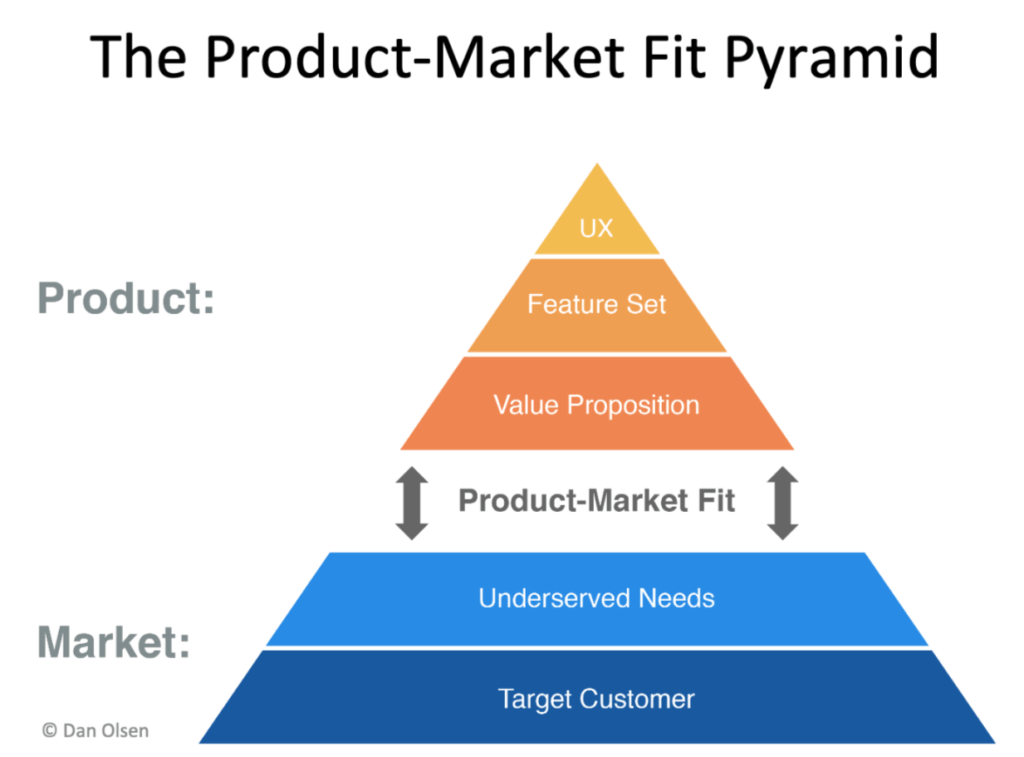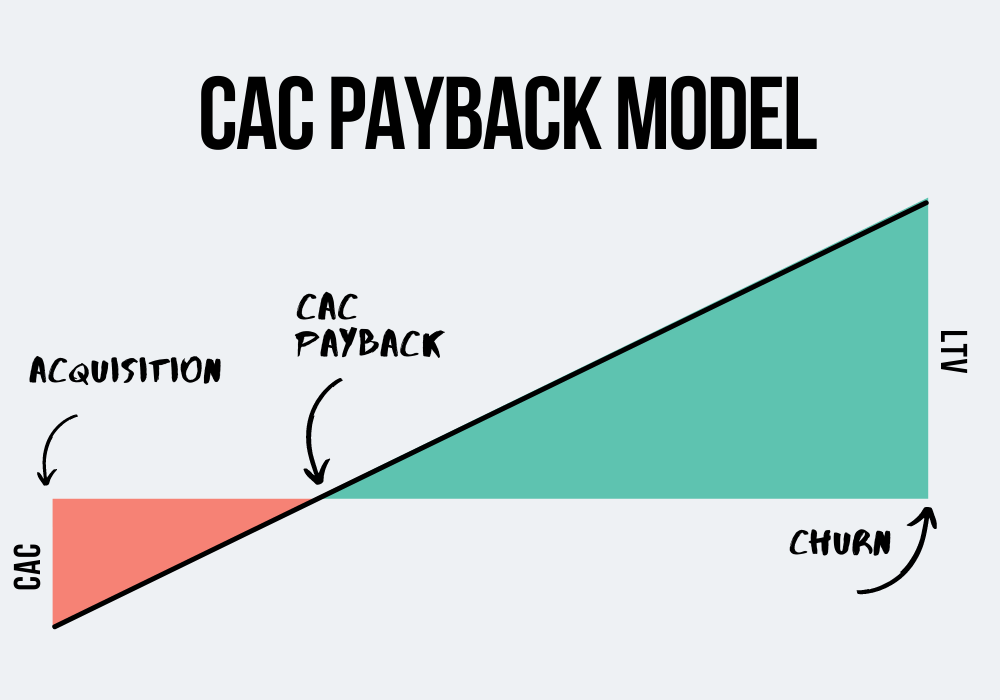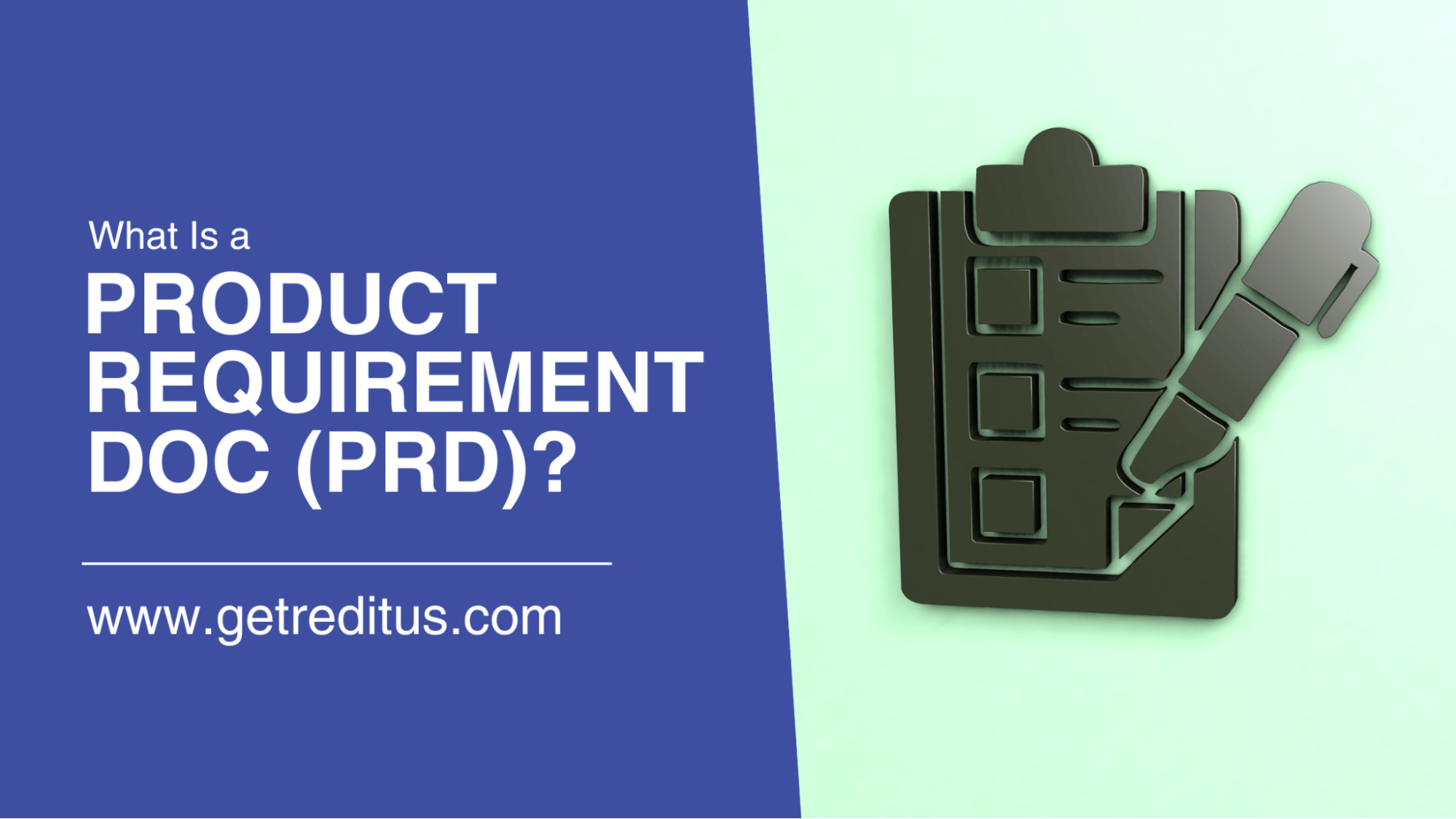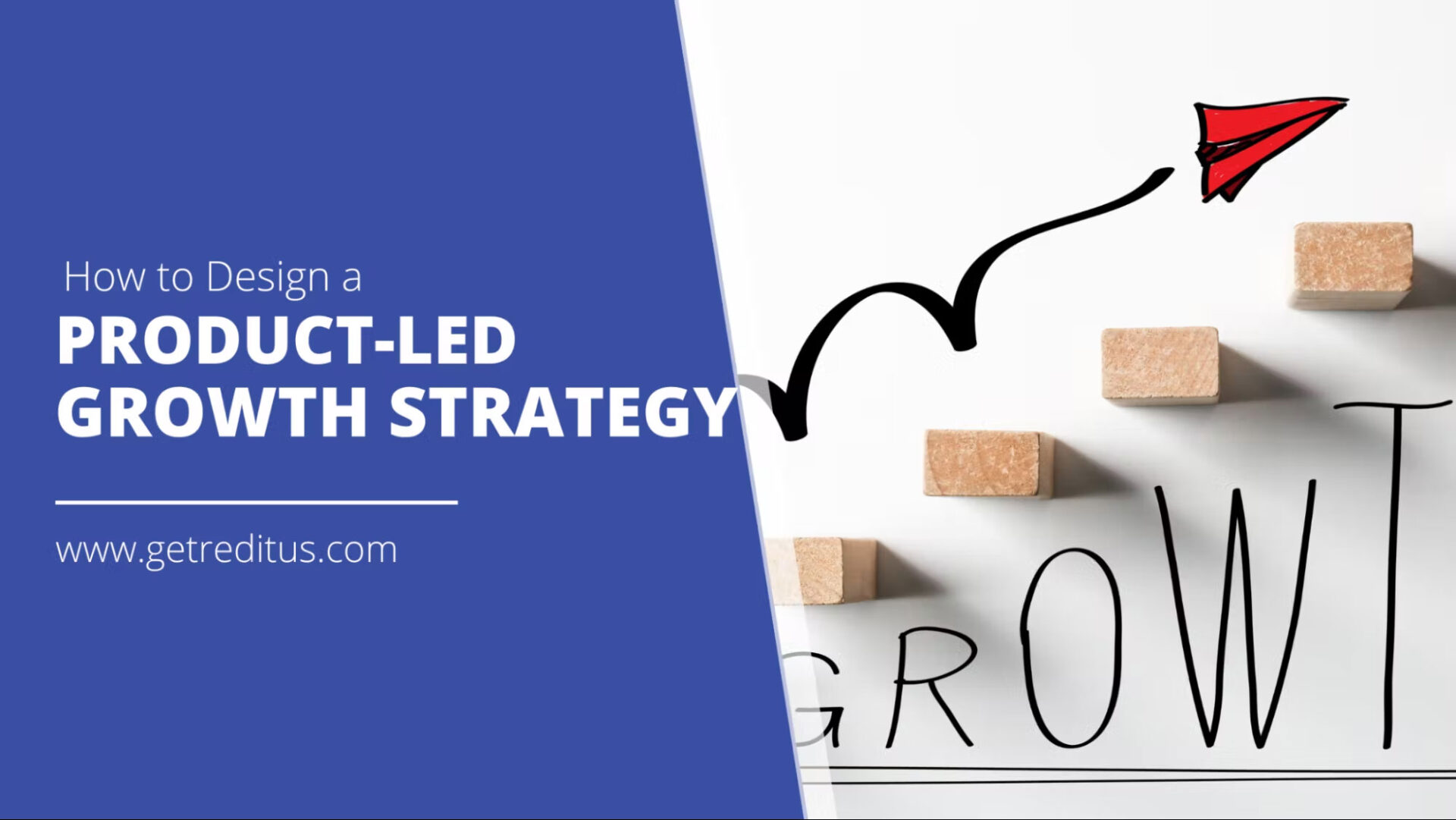How Do You Validate Product-Market Fit in a SaaS Company?

Are you a SaaS company looking to validate your product-market fit?
It's no secret that having a successful product is essential for any business.
But how do you know if your product is the right fit for the market?
Today, we'll discuss strategies and tactics to help you determine whether or not your product has what it takes to succeed in today's competitive landscape.
You'll learn how to identify customer needs, measure user engagement, and analyze customer feedback so that you can make informed decisions about your products.
If you’re ready, let’s dive in!
Table of contents
Why Do You Need to Validate Product/Market Fit?
Product/market fit is a critical factor in the success of any SaaS company. It involves understanding customer needs and developing products that meet those needs.
By validating a product/market fit, you can ensure that your products have the potential to be successful in the marketplace and that they'll attract customers. This can help you save time and money as you decide how to proceed with your business.

Some other reasons/market:
- It helps you identify opportunities for growth and increase profitability.
- It can help you make better product features, pricing, and marketing decisions.
- It helps you focus resources on the most effective strategies for success.
- It can help you develop better relationships with customers.
- It can help you identify trends in the market and stay ahead of the competition.
How do you validate product-market fit?
Now that you understand why validating a product/market fit is essential let's look at how to do it.
Step 1: Identify your market
The first step is to identify your target market.
This involves researching the needs and wants of potential customers and understanding their buying habits. It's essential to clearly understand who your customers are and what they want from your product.
Some essential steps in this process include:
- Conducting surveys and interviews
- Analyzing customer data
- Studying market trends
- Understanding customer pain points
- Identifying untapped opportunities
Step 2: Measure user engagement
Once you have identified your market, the next step is to measure user engagement. This involves tracking how users interact with your product and analyzing the data to determine whether they find it useful.
You can measure user engagement by tracking:
- Signup/registration rates
- Retention and churn rates
- Number of active users
- Usage frequency and duration
- Conversion rates
- Customer feedback
Step 3: Analyze customer feedback
This includes gathering information from customers about their experience with your product.
You can do this by conducting surveys, engaging on social media, and looking into customer service data.
By gathering and analyzing customer feedback, you can understand how your product is received in the market. This can help you identify potential features customers seek and areas where you can improve the user experience.
Step 4: Make adjustments
Once you've gathered and analyzed the customer feedback, it's time to adjust your product. This could include changing product features, pricing, or marketing strategies.
By making adjustments based on customer feedback, you can ensure that your product has the best chance of succeeding in the market.
Step 5: Test and iterate
The final step is to test and iterate. This involves testing different versions of your product, analyzing the data, and adjusting based on your learning. This process of testing and iterating can help you identify the most successful product/market fit for your company.
For example, suppose the data shows that customers are likelier to purchase a product with specific features. In that case, you can make adjustments to ensure those features are included in the final product.
Or, if the data shows that customers are responding better to a specific pricing structure, you can make adjustments to ensure your product is competitively priced.
By testing and iterating, you can ensure that your product meets customer needs and gives your company the best chance of success.
How Can You Measure Product/Market Fit?
Are there any metrics that you can use to measure product/market fit?
Is there a way to know if customers respond positively to your product?
Yes, there is!
Measuring product/market fit involves tracking metrics that can indicate how your product is being received in the market. These include:
Metric 1: CAC (customer acquisition cost)
This metric measures how much it costs to acquire a new customer. When this number is low, it indicates that your product is resonating with the market.
To calculate CAC, divide total sales and marketing costs by the number of customers acquired over a given period. You can also look at CAC by customer segment, which can help you identify where your best customers are coming from.
Metric 2: MRR (monthly recurring revenue)
MRR measures how much revenue you're generating from subscription services. When this number is high, customers find your helpful product and stay around for the long term.
You can calculate MRR by dividing the total recurring revenue by the number of customers and multiplying that by the leverage time each customer has been active.
Metric 3: CAC payback period
The CAC payback period measures how quickly customers pay back the cost it took to acquire them. When this number is low, it indicates that your product is resonating with customers and they're sticking around for the long term.

You can calculate the CAC payback period by dividing the total customer acquisition cost by the total revenue generated from each customer over a given period.
Metric 4: Retention rate
Retention rate is a measure of how many customers remain active over time. When this number is high, it indicates that your product is meeting customer needs and they're sticking with it.
You can calculate retention rate by taking the number of active customers at the end of a given period and dividing it by the number of customers at the start.
By tracking these metrics, you can get an indication of how your product is resonating in the market and make adjustments as needed.
Conclusion
Validation of product-market fit in a SaaS company is necessary to help your company succeed.
Doing so involves:
- Analyzing the market and customer needs.
- Building a product based on that information.
- Testing and iterating to get the best results.
You can also measure product-market fit by tracking key metrics such as CAC, MRR, retention rate, and CAC payback period.
By following this process, you can ensure that your product meets customer needs and gives your company the best chance of success.

